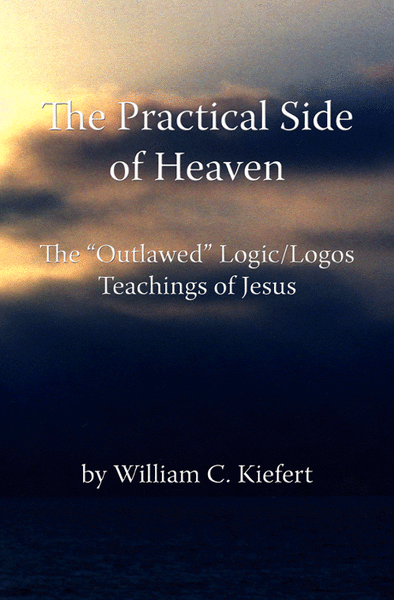
Learn more about The Practical Side of Heaven
Copyright William C. Kiefert. All Rights Reserved.
Chapter Two, Part Eleven: Humanity Has More Than One Nature
Human beings, then, are essentially different. They differ in their types, as Jung and others would assert, or in their natures, as Gnostic Christians would maintain. Human nature cannot be defined by a single form, as Plato thought. Humanity consists of many forms or natures.
In effect, our knowledge of the world has led us, arguably, to go beyond Plato’s theory that a single nature alone is adequate to appropriately describe a given class. Some things, like light, time, subatomic phenomena, and human nature have more than one nature which correctly describes the class. In going beyond the metaphysics of Plato, we also go beyond the logic of Aristotle, which is no longer reasonable in every case!
Note: Unlike scientific arguments, which objectively demonstrate that some classes have more than one nature, Jesus’ argument that humanity has more than one nature is not demonstrable. We must not overlook the fact, however, that the common opinion that there is but one human nature is also not demonstrable. Therefore, if anyone is to prove that humanity has only one nature, they would have to present an objective argument to demonstrate their claim, and no one, including Plato, has.
My point is that, until someone can turn human nature into an object we can analyze, we cannot take Plato’s theory as a fact. There are many arguments that humanity has more than one nature, some of which I have illustrated above. But none that I know of argue that humanity has but one nature. The truth of Plato’s Theory of Noncontradiction and Theory of Forms, and ultimately that judgmental logic is sufficient in all cases, wait for confirming arguments from those who believe that all humanity has one nature.
